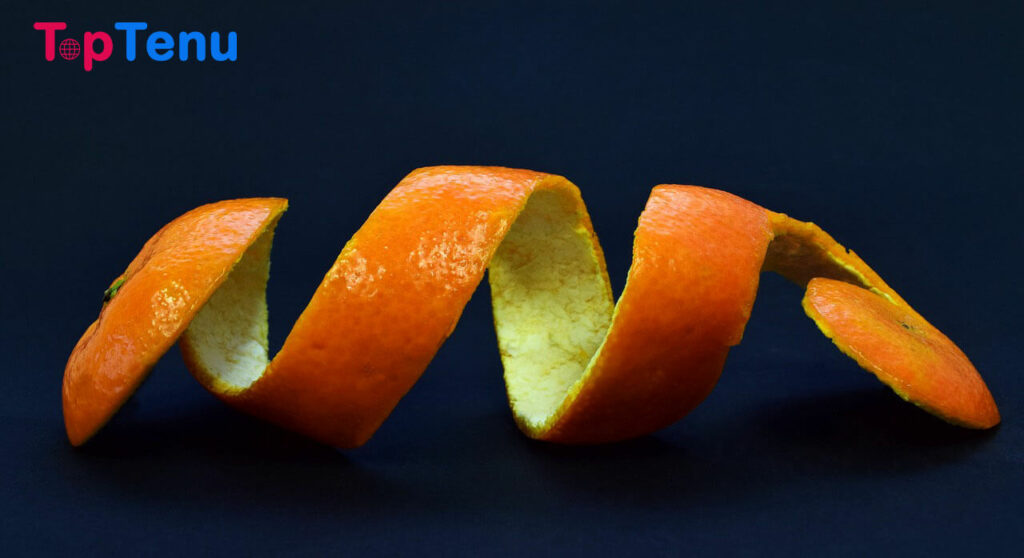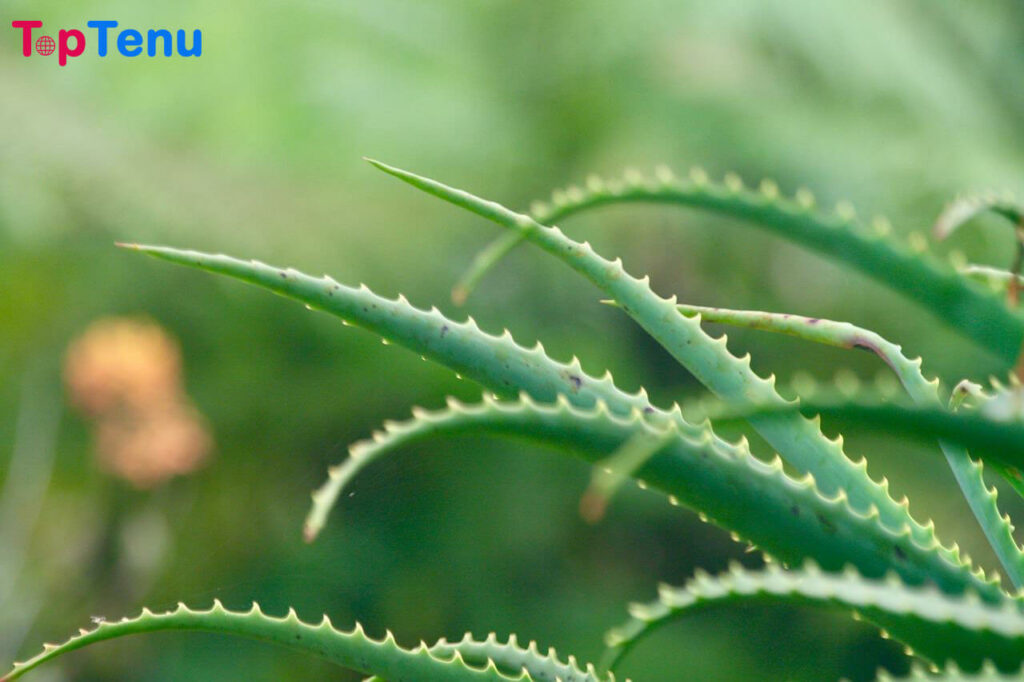The sap of trees belonging to the birch genus, known in our country as “oskola”, is one of the valued products due to its health and nutritional values. It is collected in early spring, at the turn of March and April.
When to Collect Birch Sap?
We cannot imagine that there are really very few phytotherapeutic ingredients that are able to support the work of two organs responsible for cleansing the body at the same time. You can safely include birch among such. Medicinal products include warty birch leaf harvested from May to April and fresh birch sap harvested in early spring.
Consuming spring birch sap is one of the examples of the few old eating habits that has not disappeared and continues to enjoy growing popularity. It is worth mentioning that birch sap can be consumed both fresh and after fermentation into a low-alcohol, refreshing drink.
How to Extract Birch Sap?
The method of drilling the trunk is considered to be the most hygienic and the safest method of collection for the tree itself. This method also seems to be the most advantageous in terms of the amount of obtained juice. Drilling is done with a 16 mm wide drill. A silicone tube is placed in the resulting hole, the other end of which should be placed in a decontaminated plastic vessel. After the sampling is completed, the drilling is sealed with a wooden peg with a diameter and length corresponding to the hole [1]. It is also worth emphasizing that the individual consumption of birch sap promoted in the media, e.g. from only one tree, is associated with a high probability of obtaining raw material with a negligible nutritional value, while mass consumption leads to the receipt of raw material, and then food with a much higher nutritional value [ 3].
What Does Birch Sap Help for?
The popularity of birch sap undoubtedly, as Bilek writes, arose “on the wave of general interest in the culture of the Slavs, old eating habits, and above all in folk medicine” [1]. It was folk medicine that attributed various applications to the school, including: in skin diseases, disorders of reproductive and kidney functions, as well as during spring cleansing treatments. It is worth mentioning that most of these applications are fully justified from the point of view of current medical and nutritional knowledge. People with gastrointestinal problems should also be interested in birch juice, because it works well in gastric ulcer disease and can help in coping with the unpleasant ailments of irritable bowel syndrome.
Properties
Birch juice, also known in Poland as “oskoła”, is a valued product due to its health and nutritional values, especially in Europe and Asia. The properties of spring birch sap have been used throughout history not only in folk medicine, but also in cosmetics and disease prevention. Birch sap is a treasury of vitamins, mainly vitamin C and those from group B, minerals (such as potassium, calcium, magnesium, iron, zinc, manganese, copper), amino acids and organic acids. As a result, it seems justified to use this non-wood forest material in the period of reduced resistance.
INTERESTINGPotassium, calcium, magnesium, manganese and zinc are present in the highest amounts in fresh birch sap [2].
How to Use Birch Sap?
Oskołę can be drunk naturally or with additives such as: honey, raspberry or apple juice, preferably cold. Consumed regularly, it has a strengthening and toning effect.
For health purposes, birch juice should be consumed three times a day for 25-50 ml for a period of 2-3 weeks. During cleansing treatments, it is also worth refraining from drinking alcohol, coffee, strong tea and consuming certain products, such as red meat, chocolate or sorrel.
ImportantBirch sap stored at room temperature should be consumed on the day of collection, and in refrigerated conditions it has a shelf life of four days [1].
Birch Juice for Beauty
Polish skin is recommended in spring cleansing treatments and as a means of improving the condition of the skin. Due to the presence of zinc, copper and manganese, birch sap is perfect for improving the condition of hair, skin and nails. It is also often used in the form of compresses for skin problems. Interestingly, elderberry rinses will also work well for weak hair, prone to falling out and lacking shine.
Contraindications
The principle of choosing the right plant raw material for us also applies to birch sap. Therefore, if you want to include a new product in your diet, you should follow all recommendations and restrictions provided by the manufacturer.
So who Should Avoid the Sap of Trees Belonging to the Birch Genus?
People allergic to birch pollen are not advised to eat poultry. In addition, birch sap should be avoided by patients with urinary tract failure, urinary tract obstruction. Edema occurring in some heart and kidney diseases may also be a contraindication. In case of any doubts regarding the possibility of using this forest specificity and possible interactions with the medications taken, it is worth consulting a doctor or an experienced pharmacist.
Where to Buy and at What Price?
We live in times of increasing public interest in a healthy lifestyle. In addition, in recent years, we have seen a return to herbal medicine and natural methods of treatment, so finding a hospital should not be any problem. Birch juice can be purchased almost everywhere, it is available both in herbal and medical stores, health food stores or pharmacies, as well as in larger supermarkets and online stores. The price is also affordable for the average consumer, because we will pay about PLN 10 for a liter of juice.
Tree sap, including birch sap, according to the current state of knowledge, can be a valuable source of minerals, especially copper and zinc. Therefore, it is worth getting interested in this non-wood forest material, especially in the autumn and winter season, as well as during the spring solstice.



